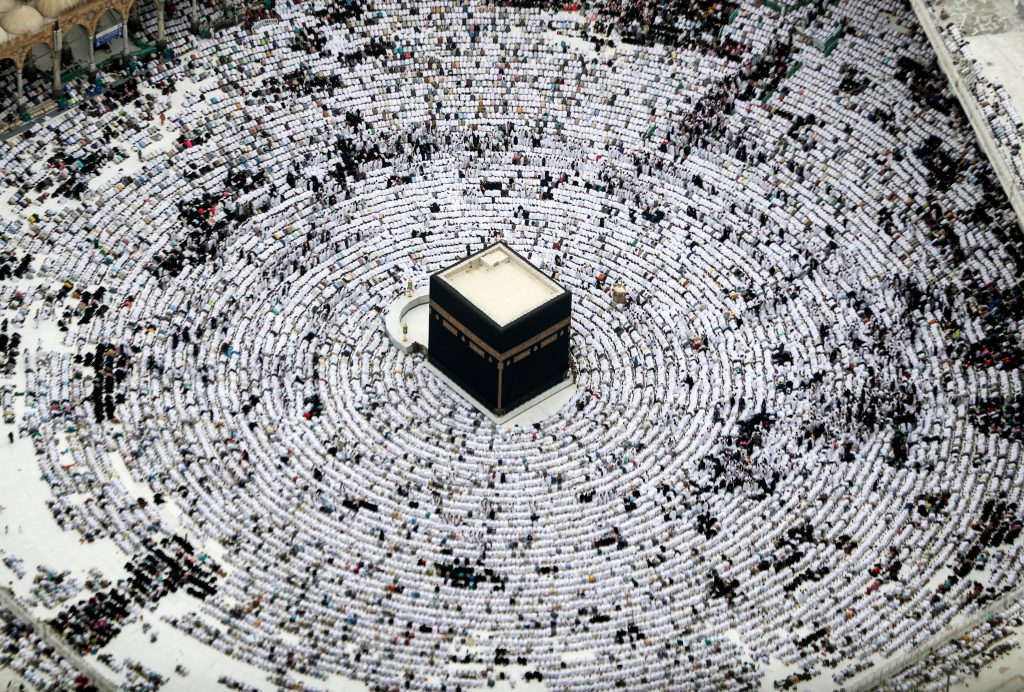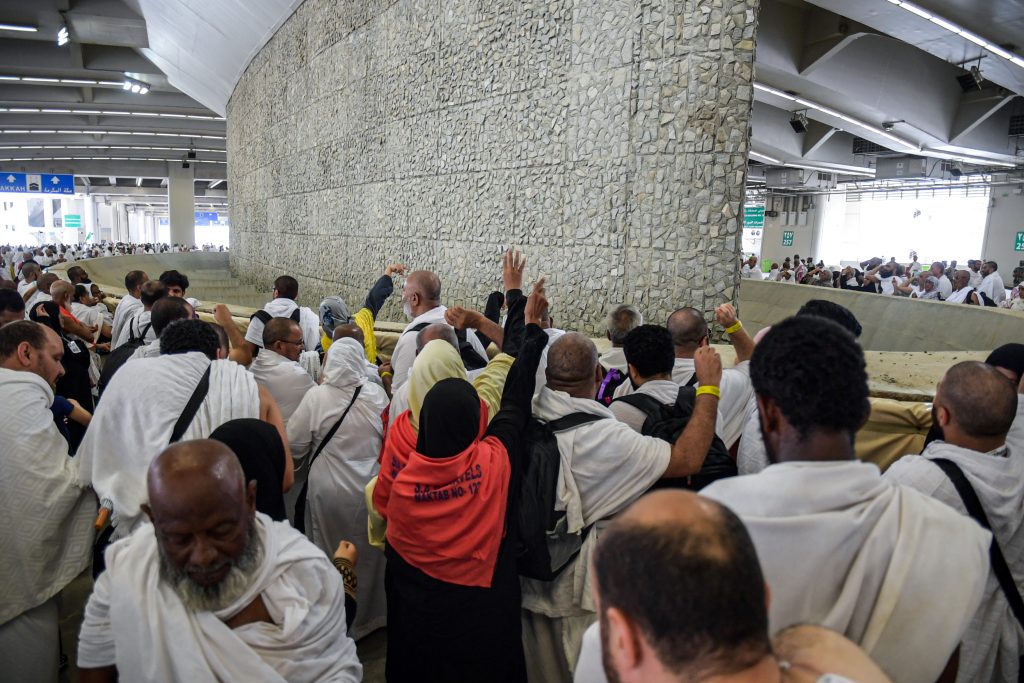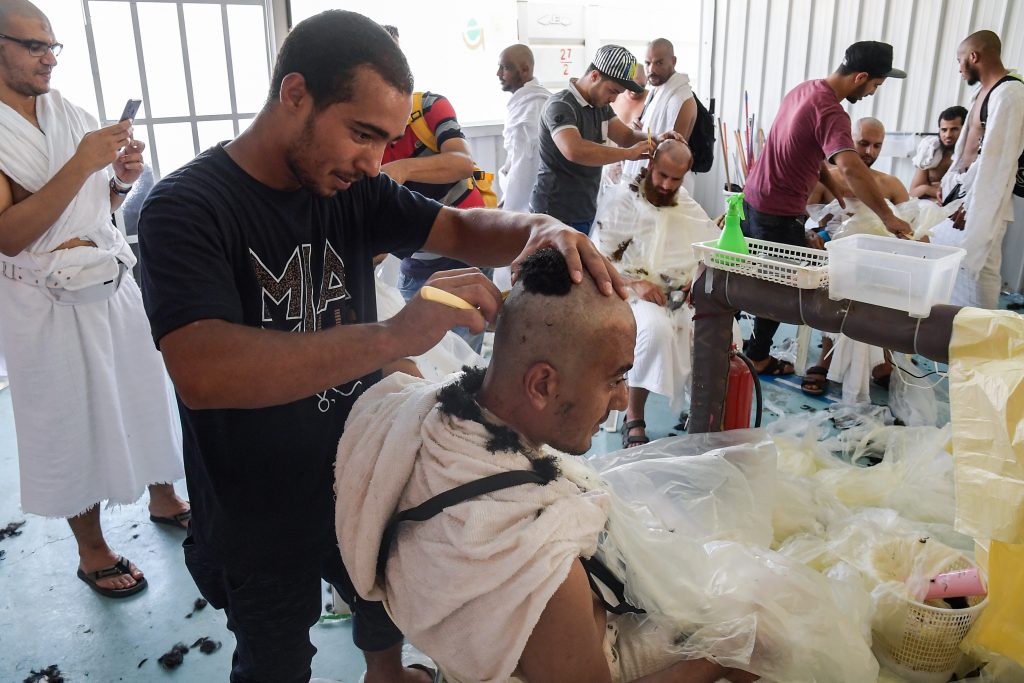





Shams El -Mutwalli, Dubai
The ritualistic practices carried out during Hajj have long been exercised and were first performed by the Prophet Mohammed.
These include: setting an intention, tawaf (or circling around the Kaaba), visiting Mina to read Quran, praying at Arafat (a mountain), throwing pebbles at pillars that represent the devil.
Hajj goers also conclude their pilgrimage by removing a lock of hair (for women) and shaving off the hair (for men), and by sacrificing an animal.
Hajj begins with Niyyah or intention, and anyone visiting must begin by surrendering to God, and release themselves from distraction. They must also prepare their bodies and maintain cleanliness through Ihram.
They then perform tawaf around the Kaaba, an act completed upon entry and later when they conclude their Hajj, known as Tawaf Al Ifadha.
Pilgrims then travel between two hills, called Safa and Marwah, to commemorate the miracle of Hagar who traveled between the same two hills seven times in search of water, and was later blessed with it.
Pilgrims must visit Mina on the 8th day of Dhu Al Hijjah, the final month in the Islamic calendar– Hajj is performed on the eighth, ninth and the tenth of this month. In Mina, the Pilgrims sleep in tents, where they rest and pray.
On the 9th Day, Pilgrims visit Mount Arafat. This locale is especially important as it is believed to be where the Prophet Mohammed made his last sermon.
On the last day, Pilgrims throw pebbles at a wall to symbolically display resistance against the devil as Prophet Abraham supposedly did.
On average, the journey takes around three to five days, and its completion marks the beginning of the Eid Al Adha holiday.
Hajj, and its Kaaba, have a lengthy history dating back to when Prophet Abraham, his son Ishmael and wife Hagar found themselves lost in the desert. It is believed that Abraham rebuilt the Kaaba, after Adam who had begun its construction.
This site is seen as a place of faith, holiness, and pureness—exemplified by the barring of violence within Mecca.
Both Hajj and the Kaaba are foundational to Islam, as it is a site that welcomes Muslims and encourages their devotion to God.